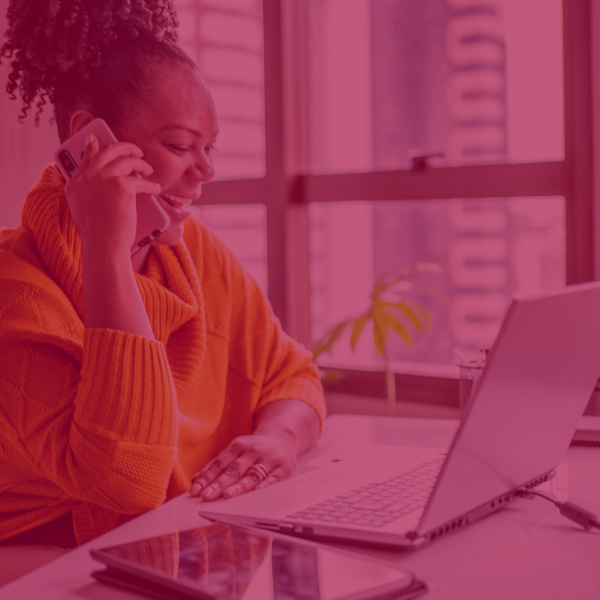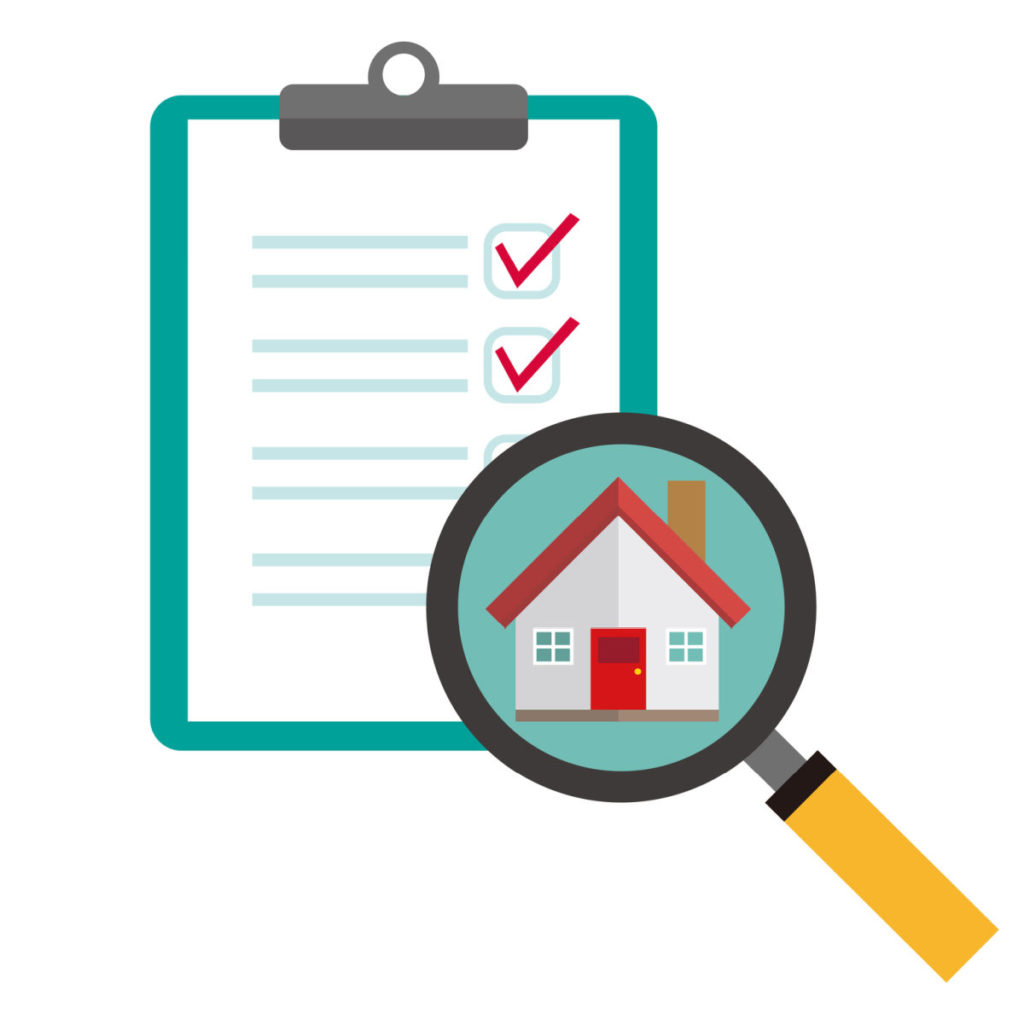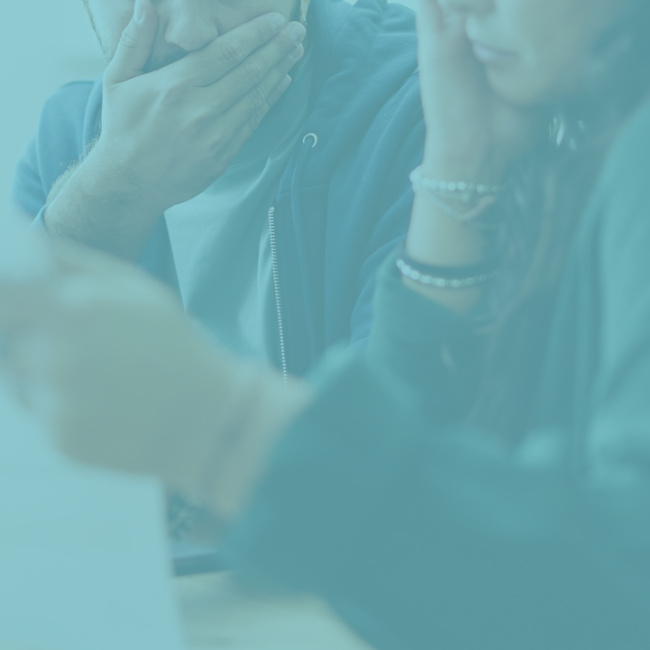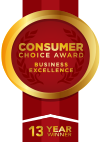Consumer Proposals and bankruptcies are two different legal options that consumers in Canada can use to help deal with unmanageable debt. Both options are only accessible through working with a Licensed Insolvency Trustee.
Read on to learn how consolidating and cutting debt with a Consumer Proposal, or having debt forgiven through personal bankruptcy, impacts your personal tax filings, tax debt, refunds, and more.
How Does a Consumer Proposal Work?
A Consumer Proposal is a special type of consolidation solution that allows you to manage virtually all your debts in one streamlined payment and cut how much debt you must repay to have your debts cleared.
- Your consolidated debts are reduced to what you can reasonably afford to repay over a period up to five years, and you may repay as little as 20-50% of your total debts to settle them in full – without any interest or added fees.
- Virtually all types of debts can be consolidated and cut in a Consumer Proposal, and you have the option to exclude certain debts such as a vehicle loan or mortgage.
Your Licensed Insolvency Trustee will fully coordinate your Consumer Proposal, taking on all communications with your creditors, facilitating your payments, and providing you with support throughout the process.
- Two private one-on-one financial counselling sessions will be conducted with you, giving you resources and tools to help you improve your finances moving forward.
- You will generally have few duties to complete besides making whatever payments you are offering to your creditors and keeping your taxes filed and paid up to date.
There are many advantages to filing a Consumer Proposal, which will allow you to avoid bankruptcy AND the cost of borrowing while you get your debts paid off for good, plus provide you with full protection from your creditors.
What Happens in a Personal Bankruptcy?
Personal bankruptcy is a legal debt forgiveness option that can allow you to have up to 100% of your debts totally forgiven, and protects you from ongoing creditor harassment, collections, legal actions, etc. The bankruptcy process in Canada is generally very straightforward and private.
- Once you file for bankruptcy your debts are frozen and your creditors are immediately prohibited from contacting you for payment or charging interest on your balances.
- The cost of bankruptcy is generally minimal compared to repaying all your debts in full (with interest), and there is no cap on how much debt can be forgiven.
Most people will retain all their assets and be “in bankruptcy” for only nine months and, in this time, you’ll work to complete a few key duties that will allow you to exit bankruptcy and consider your debts cleared:
- Have two private, one-on-one financial counselling sessions with a qualified counsellor who works with your Licensed Insolvency Trustee.
- Keep a monthly budget of your household income and living expenses.
- Provide your Trustee the information necessary to file your income tax return for the year of your bankruptcy.
Learn More About Financial and Credit Counselling with a Qualified Insolvency Counsellor
Does a Consumer Proposal Clear Tax Debt?
Yes! Consumer Proposals and personal bankruptcy are the only two options in Canada that can be used to settle or forgive government debts for less than the total balance owing. Both a Consumer Proposal and personal bankruptcy can include:
- Basic consumer accounts such as credit cards, payday loans, lines of credit, overdrafts, etc.
- Government balances including tax debt, business GST, CERB overpayment, federal and provincial student loans (private lender student loans can also be included).
- Outstanding MSP premiums, EI overpayments.
- Debts for a business that you’ve signed a personal guarantee for.
- An amount owing to an individual.
- Secured debts where the ongoing payments have been halted (such as a vehicle shortfall or mortgage foreclosure).
- If you want to continue with your vehicle financing or mortgage, then your Consumer Proposal or bankruptcy could exclude these debts.
If you owe a government debt a Licensed Insolvency Trustee will often consider this a high priority debt, as Canada Revenue Agency collects on behalf of many of accounts and has more power than virtually any other type of creditor when it comes to collecting on an outstanding balance.
- Many people end up in incredibly stressful situations almost overnight because Canada Revenue Agency has taken steps such as freezing their bank account, garnishing their wages, or placing a lien on their property.
If you have a government (or other) debt that you cannot pay, or that you need help in managing, the best thing to do is reach out to a Licensed Insolvency Trustee local to your province right away. Staying ahead of the problem can save you a lot of stress – and money!
Read an Overview of Wage Garnishment in BC
How Does a Consumer Proposal or Bankruptcy Impact Tax Refunds?
Although Consumer Proposals and bankruptcy have several things in common, they are quite different solutions and some of these distinctions are in how tax filings and refunds are handled.
Tax Returns and Refunds in Consumer Proposals
If you owe Canada Revenue Agency for a tax (or business GST) balance, you’ll need to ensure all your tax filings have been submitted before you make your Consumer Proposal. Your Licensed Insolvency Trustee can advise you on what to file if you are behind.
- If you typically owe money on your tax returns your Trustee may additionally recommend including a clause in your Consumer Proposal that allows you to include the exact amount of tax debt you’ll have, calculated to the day your Consumer Proposal starts – even if that return isn’t yet due. This allows you to consolidate and cut the most debt possible.
- For example, if you start your Consumer Proposal July 5th, you could include debt from a provisional tax return that covers your taxes from January 1 to July 5.
- A second return would later be filed to cover from the date of your Proposal to December 31, separating the pre- and post-Proposal balances.
If you don’t have any tax debt and your returns are filed up to date when you start your Consumer Proposal, you’ll continue to file your tax returns yourself, paying any balances due and keeping any refunds ‘as usual’.
- For people who typically get a tax refund (especially one you rely on for paying annual or semi-annual expenses) this is another consideration that can make a Consumer Proposal a better option than bankruptcy.
- It’s also not uncommon for people to use their tax refunds towards making an additional payment on their Consumer Proposal, with a goal of having it paid off early.
It’s important to stay on top of your tax requirements (filing and paying) while your Consumer Proposal is in place.
Consolidating Debt with a Consumer Proposal: Step-by-Step
Tax Returns and Refunds in Bankruptcy
Two tax returns will be filed for you by your Licensed Insolvency Trustee for the year that you declare bankruptcy, called pre- and post-bankruptcy tax returns. All you need to do is supply the required information to get these returns filed.
- The pre-bankruptcy return will cover the period from January 1 to the date you file for bankruptcy, and any balance owing from this return will be eliminated in your bankruptcy, along with any other balance from prior tax years.
- The post-bankruptcy return will cover the period from the date your bankruptcy started to December 31, and any balance owing from this post-bankruptcy return will be considered a new debt outside of your bankruptcy and therefore your responsibility to pay.
If there are any refunds from these pre- and post-bankruptcy tax returns (or any prior years’ returns that are filed at the time you start bankruptcy), these will be included in your bankruptcy ‘estate’ and go towards any money collected that could be distributed to your creditors as a dividend.
Subsequent years’ tax returns and balances are yours to file, pay, or collect.
Learn More About What to Expect Working with a Licensed Insolvency Trustee
Learn More About Your Debt Options, Including Consumer Proposals and Bankruptcy
Licensed Insolvency Trustees are the best debt help resource for individuals, and the only professionals in Canada fully qualified and authorized to help you with your debt. You may be able to address your financial difficulties using the resources we can advise you on, a self-directed approach, or a legal solution like a Consumer Proposal or bankruptcy.
- Anyone can have a free confidential consultation to talk about their needs and get a plan to become debt-free – your finances do not need to be in an urgent state to qualify for help.
- By connecting with a Licensed Insolvency Trustee local to your province, you can safely get accurate advice and guidance.
The best time to confront a debt problem is in the early stages, as the issues often get worse if you don’t take action. Avoid the temptation to wait it out – you owe it to yourself to get debt help.
- Sands & Associates helps consumers across BC and we can review your financial situation together and provide you with information on a full range of options to deal with your debt.
- There is no cost for a consultation, and you are under no obligation to continue working with a Licensed Insolvency Trustee – and in less than an hour you will have clear understanding about the next steps in whatever solution you choose.
Learn about your options and get a debt-free plan that’s right for you. Book your free, confidential consultation with a non-judgmental expert at Sands & Associates today.






